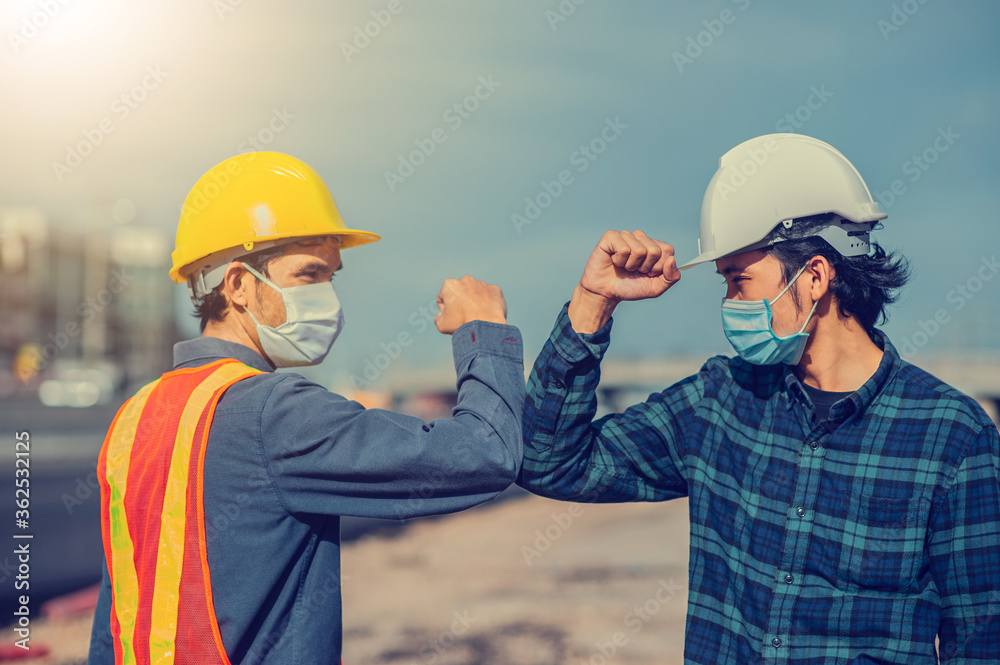The Future of AAC Blocks
Technology has altered the way we live, think, and work. It inspires a fresh strategy to produce superior, cutting-edge, and futuristic future solutions. Autoclaved aerated concrete blocks (AAC) are one of these products. Due to its excellent combination of superior building qualities such as strength, low weight, thermal insulation, sound absorption, unsurpassed fire resistance, and economy during the past ten years, this eco-friendly and non-toxic building material has replaced red brick as the material of choice. It seemed to represent the future of building construction with its unmatched building abilities.
Market Research on AAC Blocks in India
In the years 2020 to 2027, the market for AAC blocks in India is expected to rise from INR 5323.8 crores in 2019 to INR 11095.0 crores, at a high CAGR of 14.3 per cent. (Source)

Overview of AAC Blocks
AAC, sometimes referred to as autoclaved aerated concrete (AAC) or autoclaved cellular concrete (ACC) or autoclaved lightweight concrete (ALC), is a sustainable building material. Fly ash, a byproduct of thermal power plants, serves as the main raw material for the production of AAC.
AAC is superior to traditional building materials like brick and concrete in a number of ways. AAC blocks provide a rare combination of low weight, flexibility of construction, durability, affordability, and speed of construction. Additionally, it offers thermal and acoustic insulation, resulting in improved safety and decreased heating and cooling costs.
Analysis of COVID-19’s effects on the market for AAC blocks in India
The COVID-19 epidemic has significantly influenced the industrial and commercial activities of the Indian AAC block and panel market. One of the main issues that adversely impacted the market in the short term was the cancellation of construction projects as a result of lockdown regulations imposed by government organisations of various countries because of the COVID-19 epidemic.
Additionally, the economy’s concerns continue to have a significant impact on the Indian construction industry as the pandemic’s severity and longevity worsen. Additionally, during the pandemic, reduced raw material output, increased financial strain on builders and disruption in the supply chains for materials and production equipment are all having a negative impact on market trends.
However, in the post-COVID-19 period, government initiatives, product advancements, and strategic alliances among major companies in the building industry may provide the Indian AAC block panels with a boost.

Increase in Infrastructure and Construction Projects Will Open Investment Opportunities
Construction projects are becoming more and more critical to industry players. India’s demand for traditional building materials has increased as a result of the country’s expanding construction sector. The overall increase in infrastructure projects and buildings has increased demand for residential, commercial, and industrial construction, which has led to consistent growth in the construction materials industry. According to some, these elements will improve the market prospects for AAC blocks in India.
Conclusion
The goal of smart cities can become a reality thanks to NXTBloc, a pioneer manufacturer of environmentally friendly AAC blocks. NXTBloc offers a wide selection of cutting-edge, environmentally friendly materials that are perfect for the modern building sector. From the beginning of production, NXTBloc’s goods, like AAC Blocks & AAC Panels, conserve energy and natural resources.
Our team will be happy to meet the client’s requirements. Please connect with our sales team for your next project.
